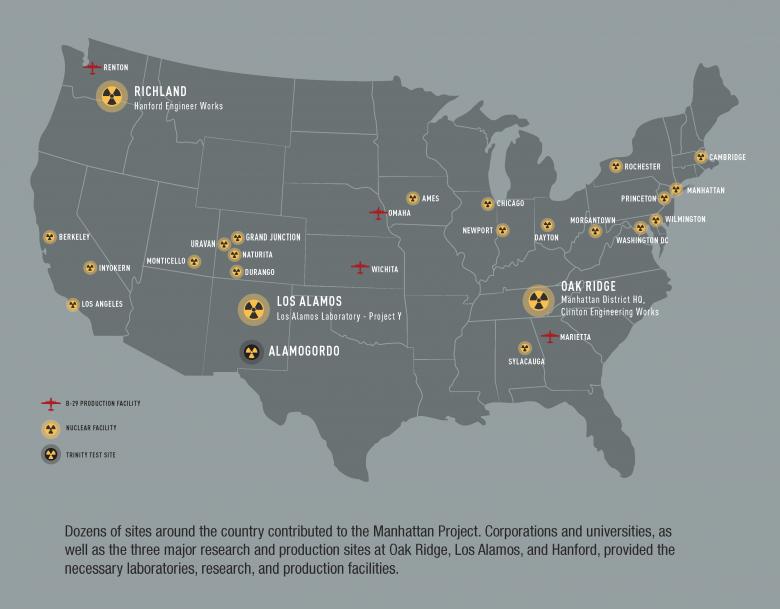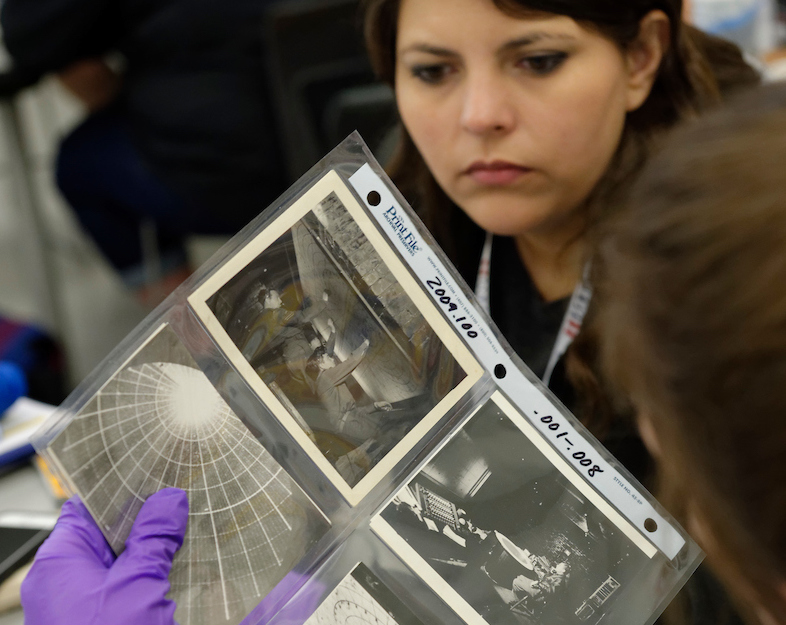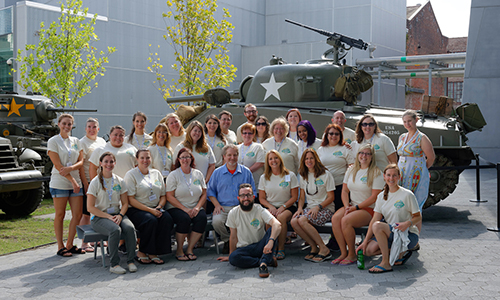When the United States declared war on Japan on December 8, 1941, one day after the infamous attack on the US naval base at Pearl Harbor, the country was suddenly driven out of a period of isolationism and onto the world’s stage as it mobilized the great arsenal of democracy. The journey was not easy, as the United States had to tackle significant challenges at home to meet the sudden demand for supplies and equipment needed to prepare for battle. Through essays, lesson plans, and multimedia resources, this curriculum guide will help students explore how the nation came together to solve complex problems created by the war, as well as the impact it had on the lives of everyday Americans due to wartime practices such as rationing, the draft, and segregation.

Evidence strips for use with the Woman and the War Lesson Plan.
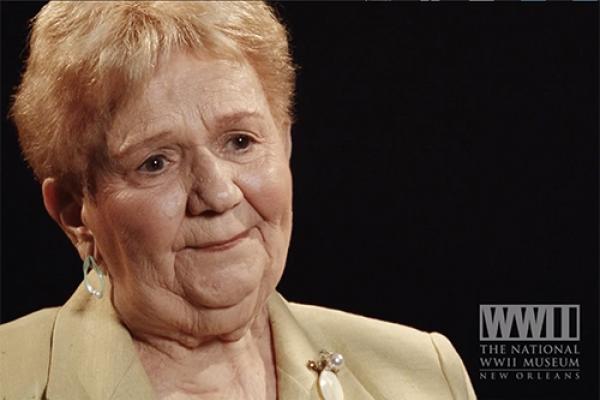
Native New Orleanian Lorraine Taix-McCaslin describes receiving the news about the loss of her brother, Louis, a merchant seaman.
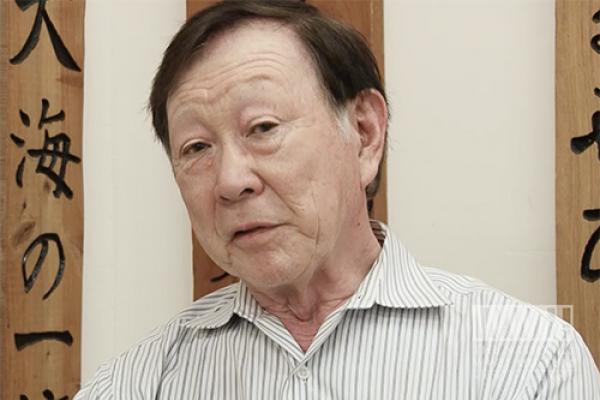
Walter Imahara recalls his family's experience being evacuated and incarcerated following Executive Order 9066.
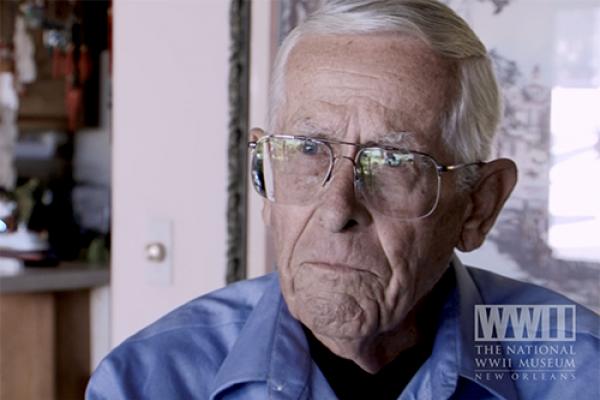
Robert Gurr describes the aftermath and response to the attacks on Pearl Harbor.
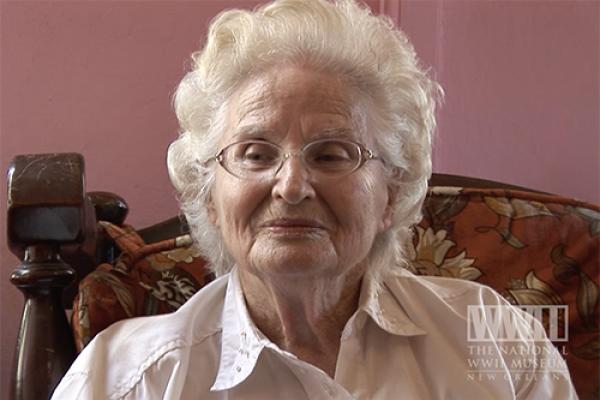
Home Front worker Rosemary Elfer recalls her experiences assembling planes at Higgins Industries.
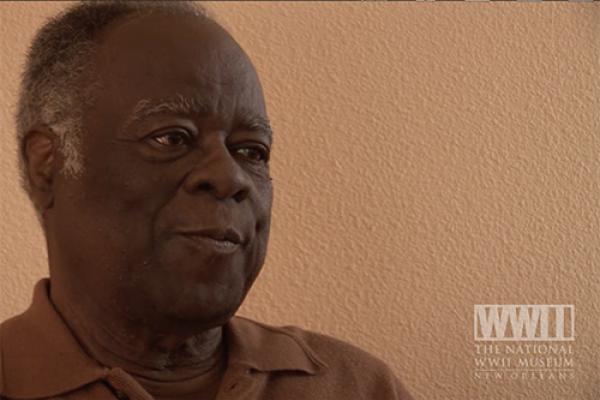
Montford Point Marine Edgar Cole describes his journey and progress through basic training.
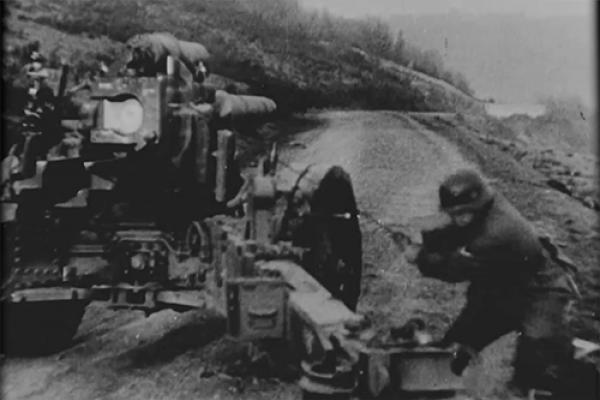
This video describes the genesis of the Manhattan Project and the discovery that the production of an atomic bomb could be possible.
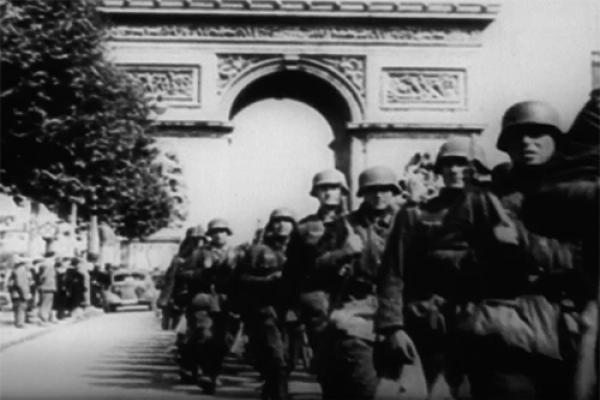
This video outlines the challenge America faced to produce for victory and explains how the Roosevelt administration worked with American manufacturing to become the arsenal of democracy.
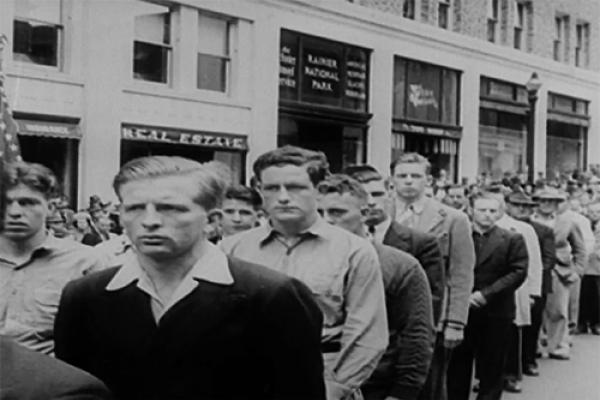
This video presents a collage of archival footage displaying the training of soldiers, airmen, and women for military service.
